-
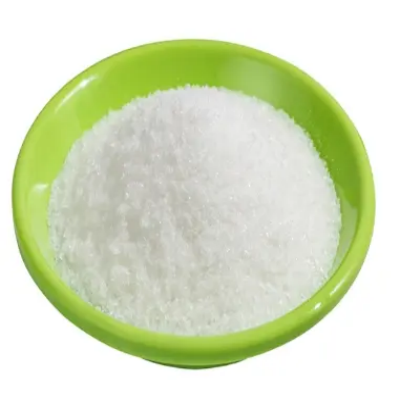
9,9-Dimethyl-9H-fluoren-2-yl-boronic acid CAS:333432-28-3
9,9-Dimethyl-9H-fluoren-2-yl-boronic acid is a boronic acid derivative that holds significant importance in the field of organic synthesis and materials science. With its unique molecular structure and versatile reactivity, this compound has found widespread applications in various areas of research and industrial processes.
-
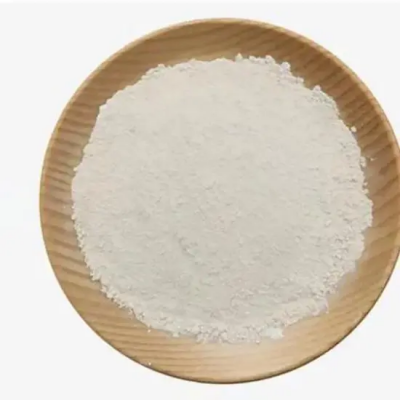
9,9-Dimethyl-9H-2,7-diiodofluorene CAS:144981-86-2
9,9-Dimethyl-9H-2,7-diiodofluorene is a compound with significant relevance in organic chemistry due to its unique structural features and potential applications. With its distinctive substitution pattern, this compound offers intriguing possibilities for synthetic chemistry, material science, and pharmaceutical research.
-
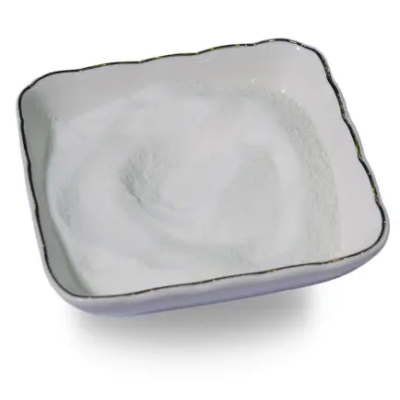
9,9-Dimethyl-9H-fluorene CAS:4569-45-3
9,9-Dimethyl-9H-fluorene is a polycyclic aromatic hydrocarbon (PAH) compound with a molecular formula C15H14. It is derived from fluorene by the addition of two methyl groups at the 9th position, resulting in increased steric hindrance and altered chemical properties. This modification affects its solubility, reactivity, and electronic properties, making it valuable in various applications such as organic electronics, materials science, and medicinal chemistry. Understanding its synthesis, structure-property relationships, and applications is crucial for harnessing its full potential in diverse fields.
-
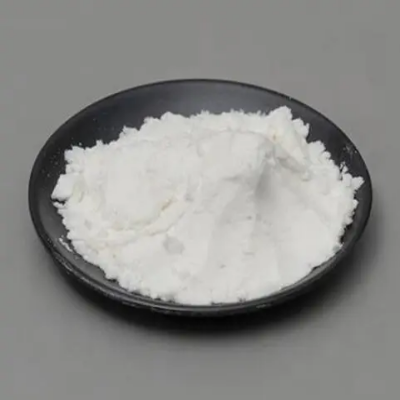
9-Bromoanthracene CAS:1564-64-3
9-Bromoanthracene is a compelling molecule that holds significant importance in the realm of organic chemistry and materials science. Featuring a bromine atom attached to the ninth carbon atom of the anthracene framework, this compound exhibits unique chemical properties that make it valuable for various synthetic applications and material design. The presence of both the aromatic anthracene core and the bromine substituent creates intriguing opportunities for exploring novel reactivity patterns, molecular transformations, and potential functionalization strategies. Understanding the structural characteristics and chemical behavior of 9-Bromoanthracene is crucial for advancing research in organic synthesis, molecular design, and material development.
-
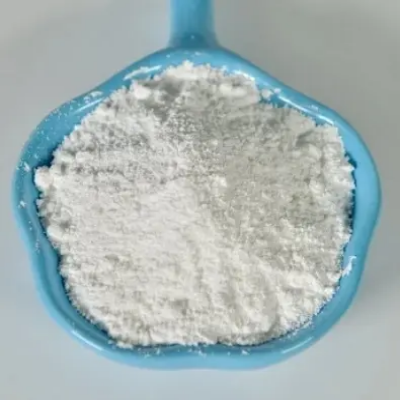
2,3-DIFLUOROETHOXYBENZENE CAS:121219-07-6
2,3-Difluoroethoxybenzene is a compound of interest in organic chemistry due to its unique structure and potential applications in synthesis and material science. With two fluorine atoms attached to the ethoxybenzene framework at the 2 and 3 positions, this molecule exhibits distinct chemical properties that make it valuable for various chemical reactions and functionalization strategies. The presence of the difluoroethoxy group offers opportunities for exploring novel reactivity patterns and molecular transformations, making it a versatile building block for designing new organic compounds and materials. Understanding the structural characteristics and chemical behavior of 2,3-Difluoroethoxybenzene is crucial for advancing research in organic synthesis, materials chemistry, and related fields.
-
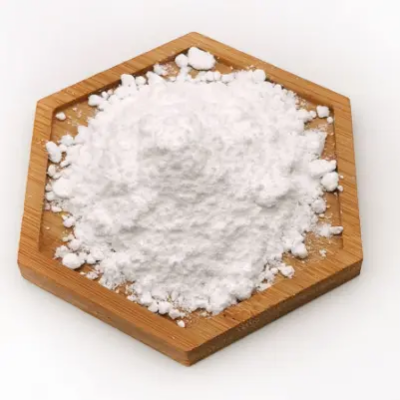
2-Bromo-9,9-dimethylfluorene CAS:28320-31-2
2-Bromo-9,9-dimethylfluorene is a derivative of fluorene, a polycyclic aromatic hydrocarbon consisting of two benzene rings fused together. With the substitution of a bromine atom at the 2-position and methyl groups at the 9-positions, it exhibits unique chemical properties compared to its parent compound.
-
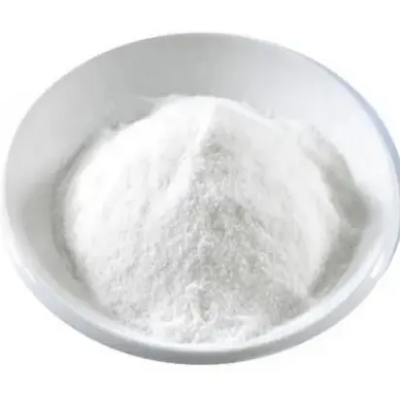
2,7-Dibromo-9,9-dimethylfluorene CAS:28320-32-3
2,7-Dibromo-9,9-dimethylfluorene is a compound of interest in organic chemistry due to its unique structural properties and potential applications. It belongs to the fluorene family, characterized by a fluorene core with bromine substituents at the 2 and 7 positions, along with dimethyl groups at the 9 position. This molecular arrangement imparts specific chemical and physical characteristics to the compound, making it valuable in various fields such as materials science, pharmaceuticals, and organic electronics. Understanding its synthesis, properties, and reactivity is crucial for leveraging its potential in diverse applications.
-
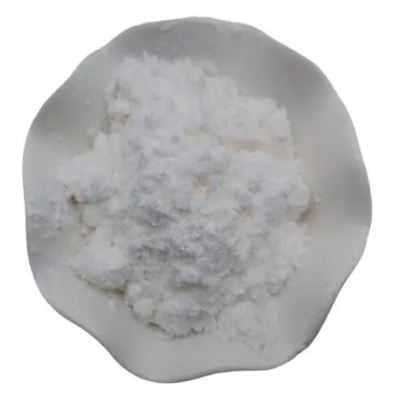
1-HYDROXY-4-ETHOXY-2,3-DIFLUOROBENZENE CAS:126163-56-2
1-Hydroxy-4-ethoxy-2,3-difluorobenzene is a significant compound in organic chemistry due to its unique molecular structure and potential applications in synthetic chemistry and material science. With a combination of hydroxy, ethoxy, and difluorobenzene groups, this molecule exhibits distinct reactivity patterns and offers opportunities for tailored functionalization and molecular design. Understanding the chemical properties and synthetic utility of 1-Hydroxy-4-ethoxy-2,3-difluorobenzene is essential for advancing research in organic synthesis, materials chemistry, and related scientific fields.
-
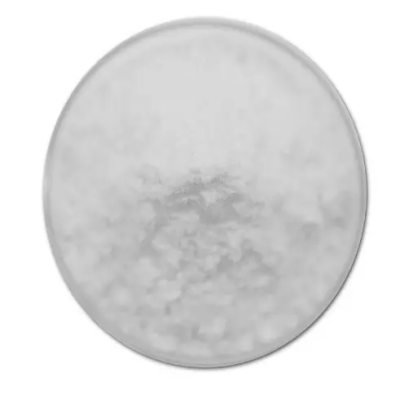
(S)-(+)-α,α-Diphenyl-2-pyrrolidinemethanol CAS:112068-01-6
(S)-(+)-α,α-Diphenyl-2-pyrrolidinemethanol is a chiral compound with a distinct molecular structure that plays a vital role in asymmetric synthesis and drug discovery. With its pyrrolidine ring and two phenyl groups, this molecule exhibits chirality and unique reactivity, making it a valuable tool for generating optically active compounds and pharmaceutical intermediates. Understanding the synthetic applications and stereochemical properties of (S)-(+)-α,α-Diphenyl-2-pyrrolidinemethanol is essential for advancing research in asymmetric catalysis, medicinal chemistry, and related scientific fields.
-
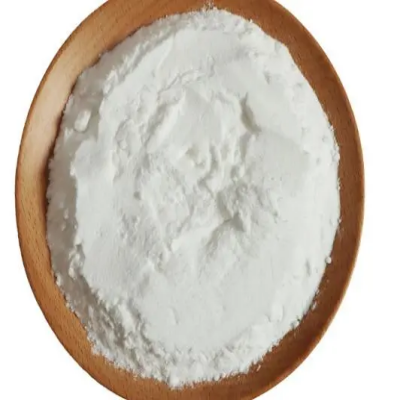
2,3-Difluoro-4-ethoxybenzeneboronic acid CAS:212386-71-5
2,3-Difluoro-4-ethoxybenzeneboronic acid is a notable compound in the realm of organic chemistry, characterized by its distinct chemical structure and potential applications in synthetic methodologies and material science. Possessing the dual functionality of both boronic acid and fluoroalkoxybenzene moieties, this molecule exhibits unique reactivity and versatility, making it an intriguing building block for the synthesis of complex organic compounds and functional materials. Understanding the structural attributes and chemical behavior of 2,3-Difluoro-4-ethoxybenzeneboronic acid is pivotal for advancing research in organic synthesis, materials chemistry, and related scientific domains. 2,3-Difluoro-4-ethoxybenzeneboronic acid serv
-
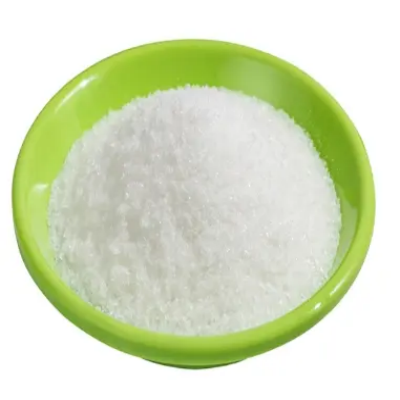
1,3-Dibromo-5-chlorobenzene CAS:14862-52-3
1,3-Dibromo-5-chlorobenzene is a compound of interest in organic chemistry due to its unique structural composition and potential applications in various fields. This molecule combines the presence of both bromine and chlorine atoms on a benzene ring, imparting distinctive chemical reactivity and properties that make it valuable for synthetic chemistry and material science applications. The arrangement of halogen substituents at specific positions within the aromatic ring offers opportunities for functional group transformations and the development of novel organic compounds with tailored properties.
-
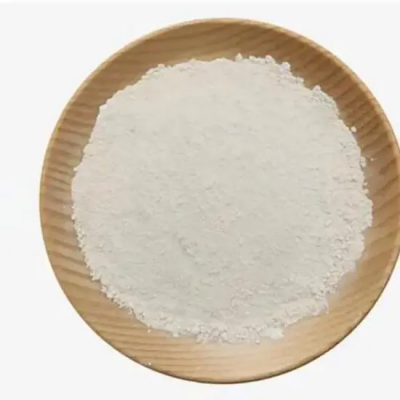
2-Chloro-5-nitropyridine CAS:4548-45-2
2-Chloro-5-nitropyridine is a notable compound in organic chemistry known for its distinctive molecular structure and versatile applications in chemical synthesis and materials science. With a chlorine atom and a nitro group attached to a pyridine ring, this molecule exhibits unique reactivity and properties that make it a valuable building block for the preparation of diverse organic compounds and functional materials. Understanding the chemical reactivity and synthetic potential of 2-Chloro-5-nitropyridine is crucial for advancing research in organic chemistry, medicinal chemistry, and related scientific disciplines.

